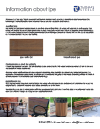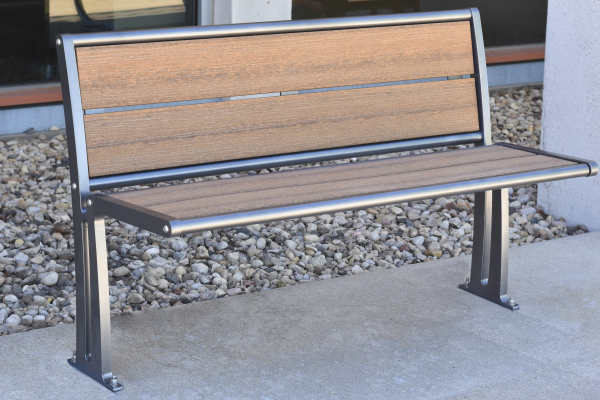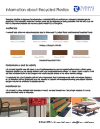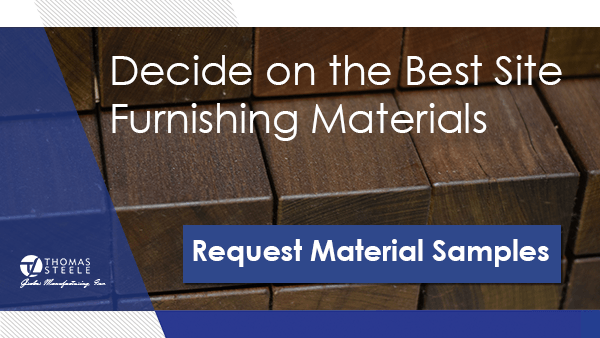Materials and Finishes
It's important to understand the different materials and finishes that make up your site furnishings as they'll directly affect the aesthetics and durability of the piece. On this page, you will find information that gives you insights to help select the best site furnishings for your specific applications.
Steel
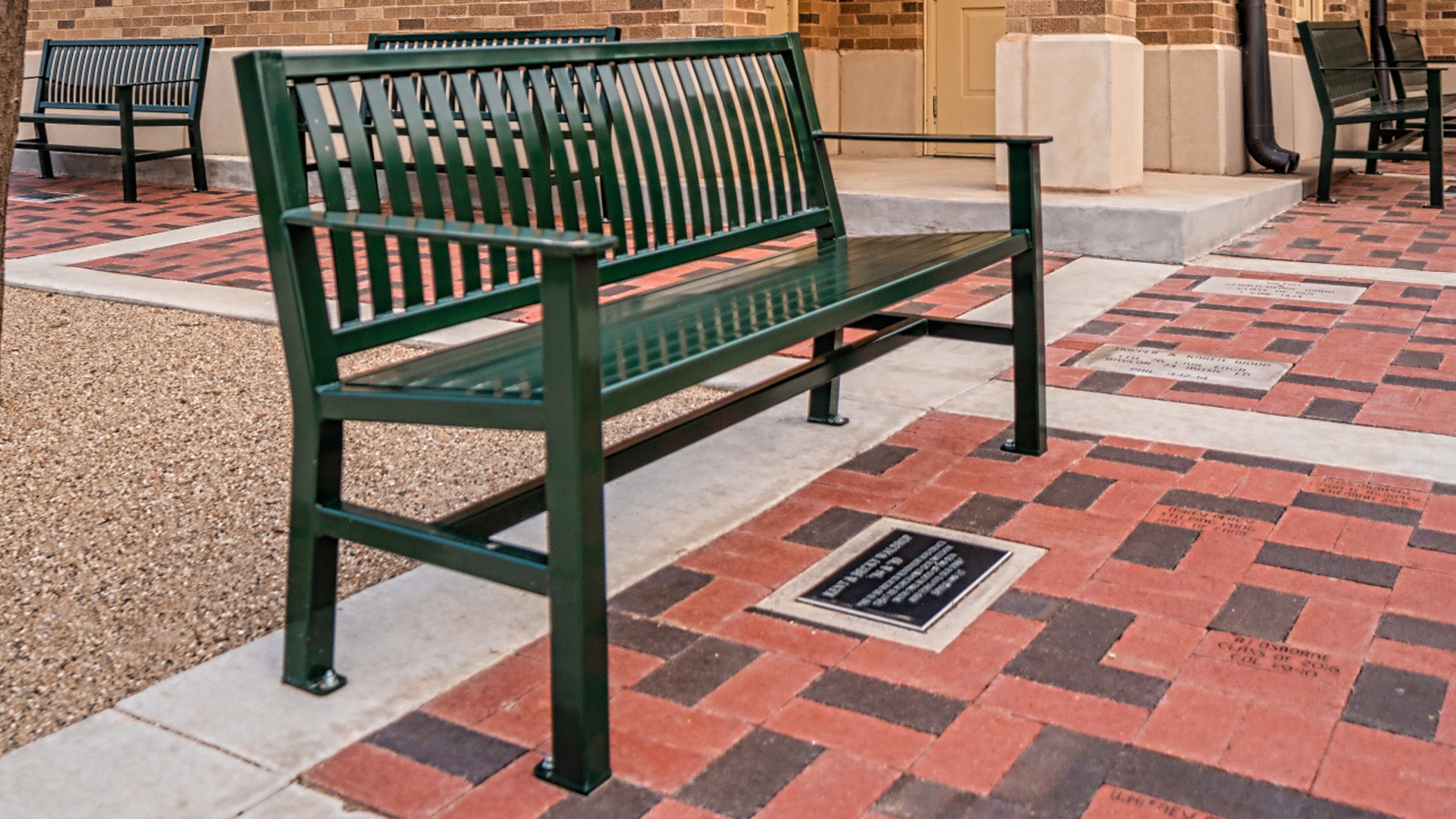
When talking about the materials of site furnishings, you usually need to start with steel. More often than not, an outdoor site furnishing piece will have a component, frame, or be entirely crafted out of steel.
It's ability to be bent into different forms and hold up in natural environments makes it a desirable material for products destined to be installed outdoors. It's also a material that can be produced and sourced within the United States, allowing the end product to meet Made in America standards.
It is worth noting that according to the American Iron and Steel institute, steel is 100 percent recyclable, which means it can be recycled into the same material of the same quality again and again. So there is no loss of durability with recycled steel which also gives it positive attributes as a sustainable material.
Specifically, in outdoor site furnishings, you're likely to find the products are made from structural grade steel like A36 and cold-finished 1018. A36 is a structural quality mild carbon steel. Its strength, formability, and excellent welding properties make it suitable for site furnishing applications where it will be welded, bent, and fabricated to be made into parts of furniture pieces.
Things like straps or slats on benches would likely be made of this type of steel.
1018 is a general-purpose, low carbon steel that produces a hard and uniform case and also has the necessary characteristics to be fabricated into parts that make up outdoor furniture.
Examples where you might find this steel used in site furnishings would be bench legs and trash receptacle rims.
Aluminum
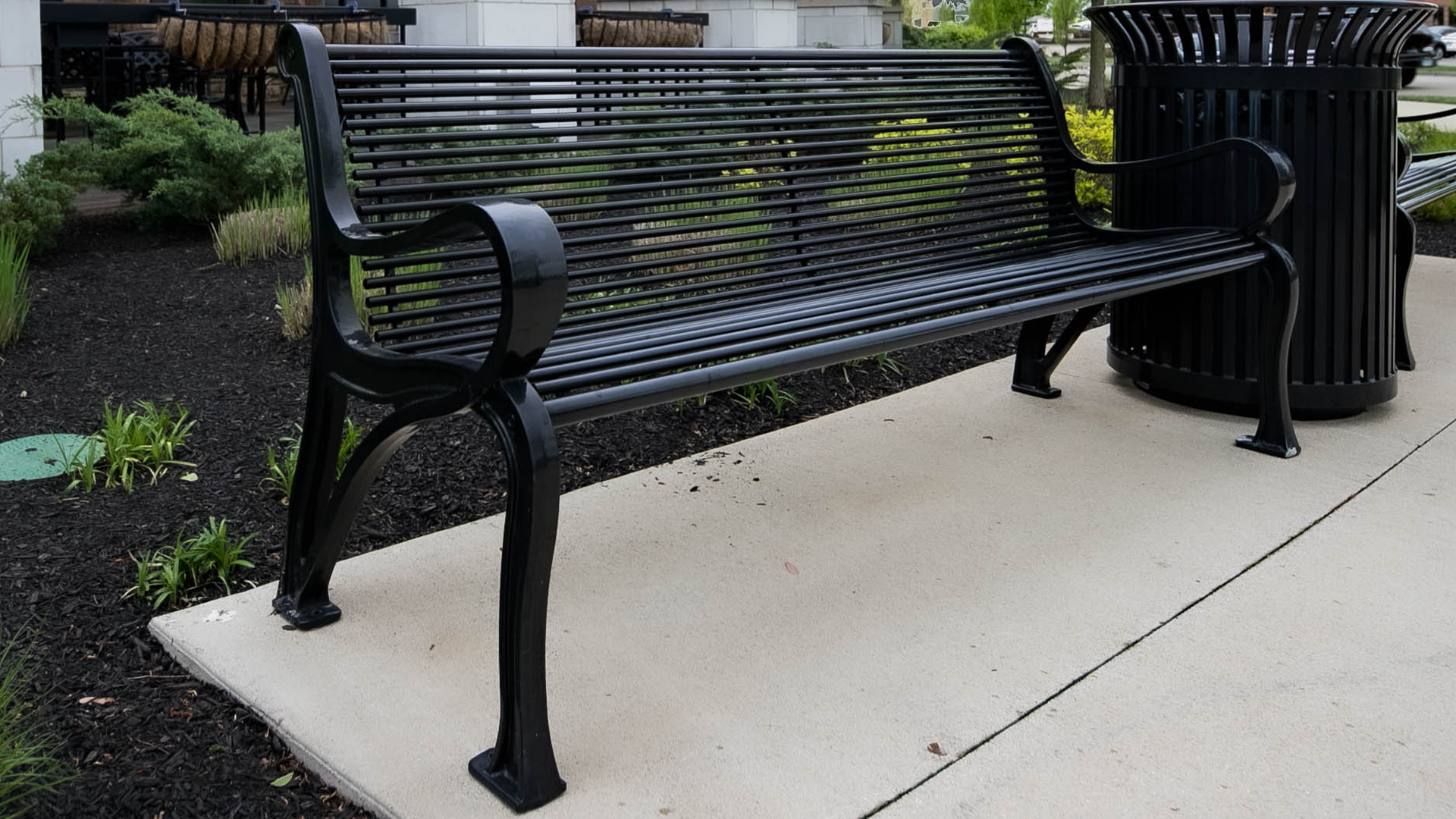
When coming across furniture made of aluminum, steel is generally stronger than aluminum. Some aluminum alloys can be stronger than some types of steel. But for weight-bearing structural elements, or applications that require considerable strength for operation, steel is often the preferred choice.
One of the advantages aluminum can offer is its weight. Aluminum is often two and a half to three times less dense than steel which translates into weight savings. For its weight advantages, aluminum will need to be carefully engineered to maintain the strength required for outdoor furnishing applications.
Aluminum also has more flexibility in its castability. So it can be made into more decorative, complex profiles than steel.
On the corrosion resistance front, aluminum is naturally highly corrosion-resistant, and able to withstand long periods outdoors and in wet environments. At Thomas Steele we use cast aluminum end frames for a couple of our benches, to be able to achieve a more decorative profile and their lower weight. We then prefer to use steel in the other components for its strength and durability.
Though it's not uncommon to see outdoor furnishings made entirely out of aluminum.
Cast Iron
Another metal that shows up in outdoor furniture and does offer some additional decorative or ornate uses is cast iron. However, we've found it tends to be a little more brittle and porous than steel. Being native Wisconsinites and having a lot of customers in the Midwest, our general creed is to not put anything in our catalog that won’t survive multiple Wisconsin winters. And for us, cast iron is a material we don't have as much confidence living up to this standard.
Galvanized Steel
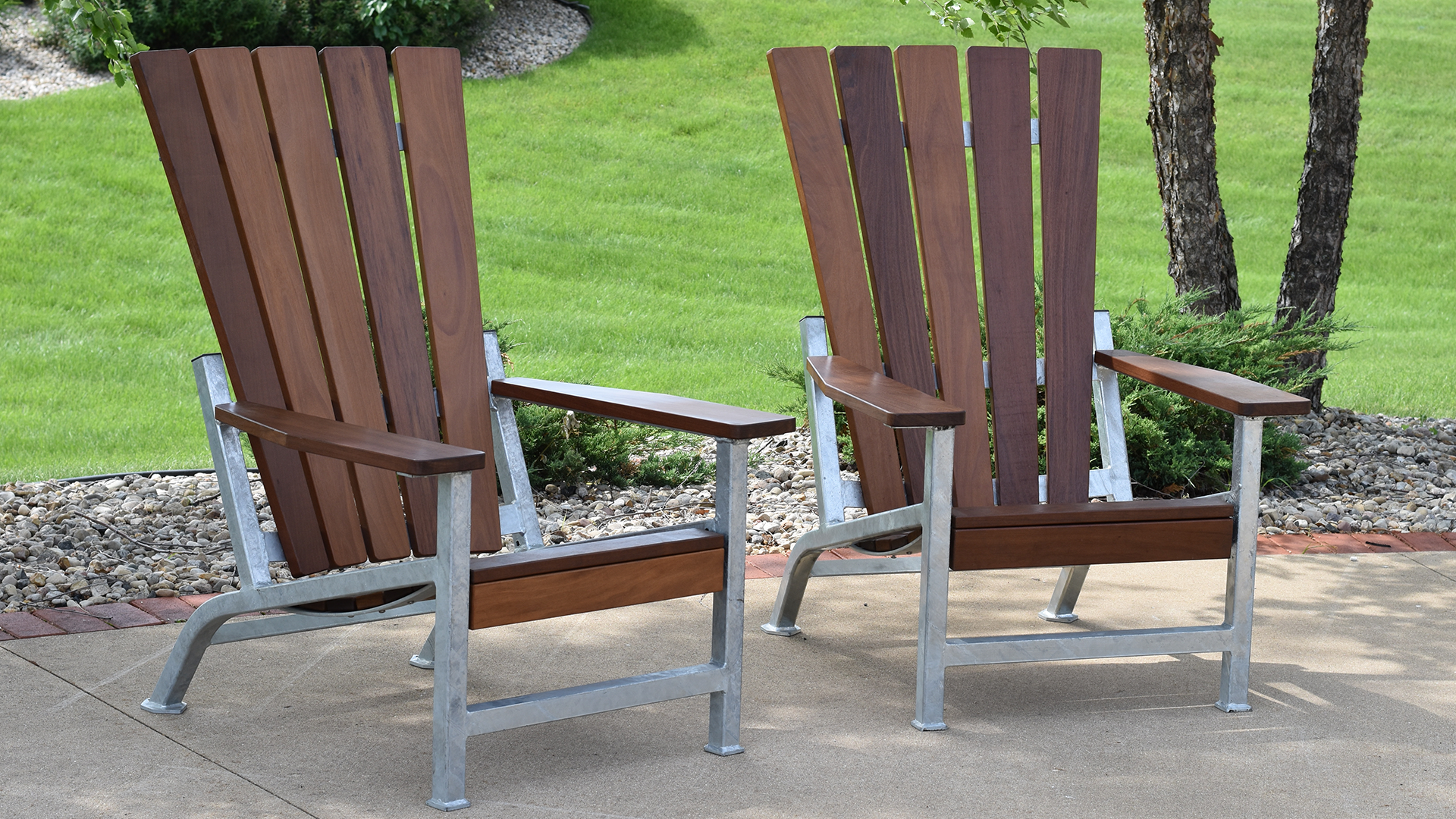
Hot-dip galvanizing or HDG is a process of dipping fabricated steel into a kettle or vat containing molten zinc. While the steel is in the kettle, the iron in the steel metallurgically reacts with the molten zinc to form a tightly-bonded alloy coating that provides corrosion protection superior to just raw steel.
Because it provides long-lasting resistance to corrosion in outdoor environments, its a preferred material commonly used in Thomas Steele and other products intended to be placed in outdoor environments.
Performance and Durability
It's an incredibly durable finish that's great for installations in wet and snowy environments and one that resists common human wear like scratches and scrapes. What is interesting about galvanized steel, is that if it does get scratched, the zinc actually sacrifices itself where the corrosion is attempting to attack the steel, which keeps the corrosion from spreading.
Because of its protective qualities, this material requires almost no maintenance for it to hold its durable characteristics.
Compared to some of the other steel finishes covered below, it is slightly more susceptible to rusting in salty environments like coastal regions or where salt, used for ice control, could pile up and rest against the material for long periods of time.
It's also not an ideal material for fabricating lighter gauge applications. Items like litter receptacle lids would be an example where you'd most likely not find galvanized steel used. The reason being, it's difficult to keep the form of thin sheets of steel as they're more likely to warp during the hot-dip process.
Aesthetics
You will likely recognize galvanized steel by its greyish, almost silver appearance. Over the years though, you will see it weather to a more subtle, battleship grey color.
Hot-dip galvanized can have a slightly rough feel to it. For this reason, it's not often used to create surfaces of site furnishings – like tabletops or seats. You're more likely to find it used as the frame or other support components. Like table bases, or chair and stool legs.
One popular design for commercial site furnishings you've likely seen has been to pair galvanized steel frames with wood or recycled plastic surfaces.
Maintenance
Galvanized steel requires minimal maintenance. Scratches and gouges should be addressed as soon as possible. As well as limiting salt or snow buildup against the material for long periods of time.
Powder Coated e-Steele

Powder Coat is a steel topcoat that not only provides a protective barrier from the elements but is also a way to introduce color and add to the overall design of site furnishings.
For outdoor furniture, one of the most common types of powder coatings is a spec widely known as Super Durable Polyester powder. This is a high-performance coating that delivers five times the weathering performance of a standard polyester coating.
The thing to be aware of when it comes to powder coats is the process in which it is applied and finished. This is important because of the Faraday Cage effect.
The Faraday Cage effect happens when attempting to powder coat a part that has a tight angle or corner. Electricity follows a ground path of least resistance and the areas adjacent to the corner offer an easier more accessible path for the charged powder to readily flow to those areas, but not as easily directly onto the corners.
There are ways to overcome this by spraying at different angles or spraying additional material to ensure coverage on these areas. But the thicker application can make the coating more prone to being picked away or chipped off.
One analogy is nail polish. The thicker the polish on your nails, the easier you can push into the material and pull it off or expose the nail.
A more scientific solution is to apply an e-coating to the steel. This charges the material with a direct current. Then, when the electrostatically charged polyester topcoat is applied, it is attracted and adheres to the steel with uniform coverage over 100% of the piece.
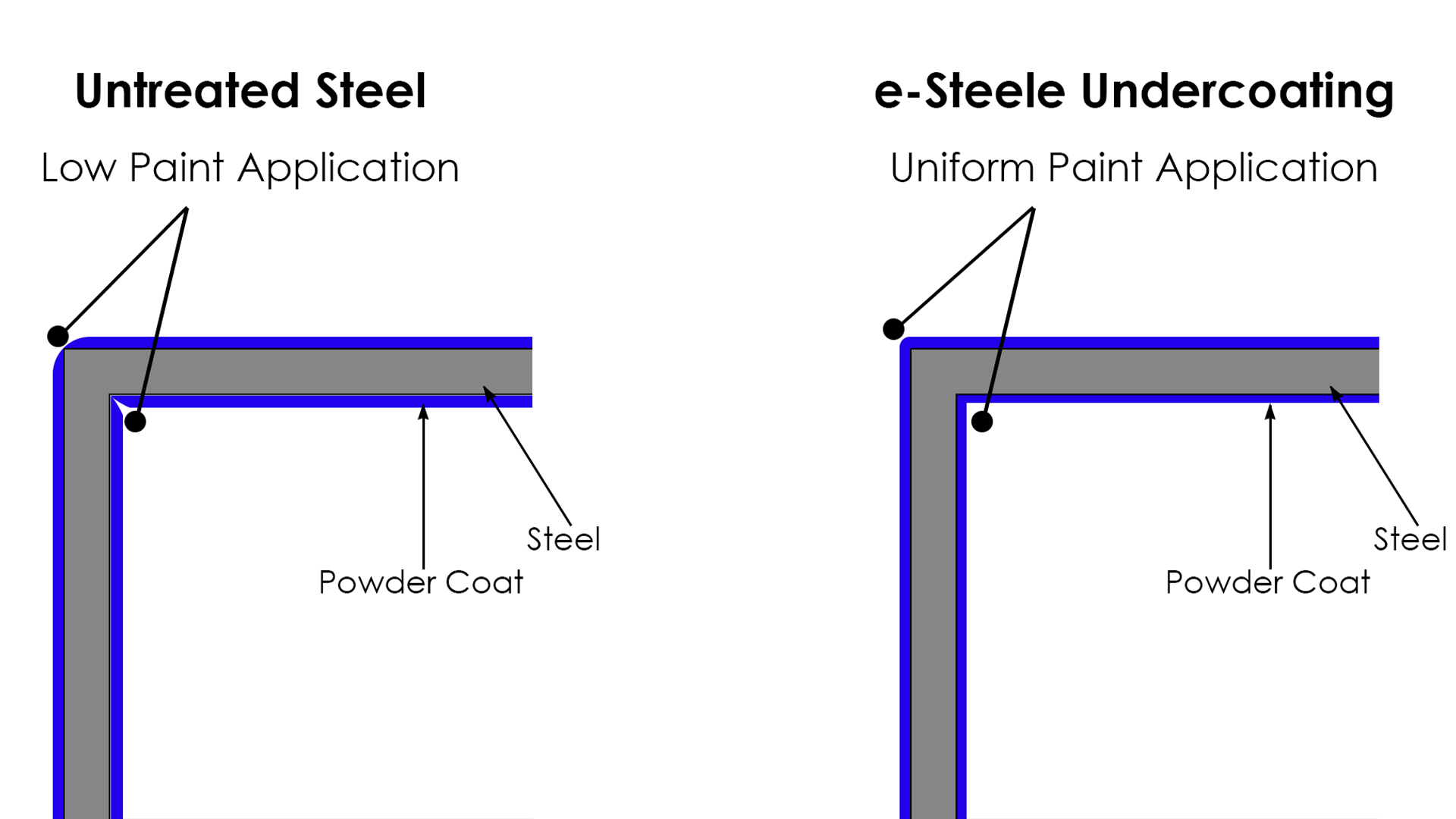
At Thomas Steele, we start by undercoating our site furnishings using an e-coating along with an epoxy resin water-based paint. We then electrostatically apply a polyester topcoat. Together, this unique two-step process produces a finish that gives site furnishing products ideal protection from corrosion and performance abilities for installations.
Watch: How e-Steele provides advanced durability and aesthetics
Aesthetics
e-Steele helps improve the visual appeal of site furnishings. It allows for a high-quality and uniform application of color to steel. You can rely on the color to be evenly distributed without drips, runs or other common finishing blemishes.
Select from a standard offering of 22 colors or pick any color you want.
Standard Powder Coat Finishes
Standard Hardshell Powder Coat™ colors are shown. Contact Thomas Steele for a complete color chart.

Custom coloring is available. Please inquire about details
Note: Due to variations in monitors, colors shown may not be an exact match. Please request color samples from Thomas Steele for accurate color comparisons.
Performance and Durability
This finish is suitable in almost any installation environment. Applied at a thickness of around one mil, this thinner coating actually cures harder and provides more durable protection against corrosion in even the harshest environments.
The other major advantage of e-Steele is that it achieves even coverage and on 100% of the steel. This ensures protection in even the smallest recesses, nooks and crannies where other paint methods are the most susceptible to chipping, scratching, rusting, and similar issues.
Maintenance
Annual cleanings, with warm water and mild soap, will help the finish preserve its appearance and protective qualities.
Stainless Steel
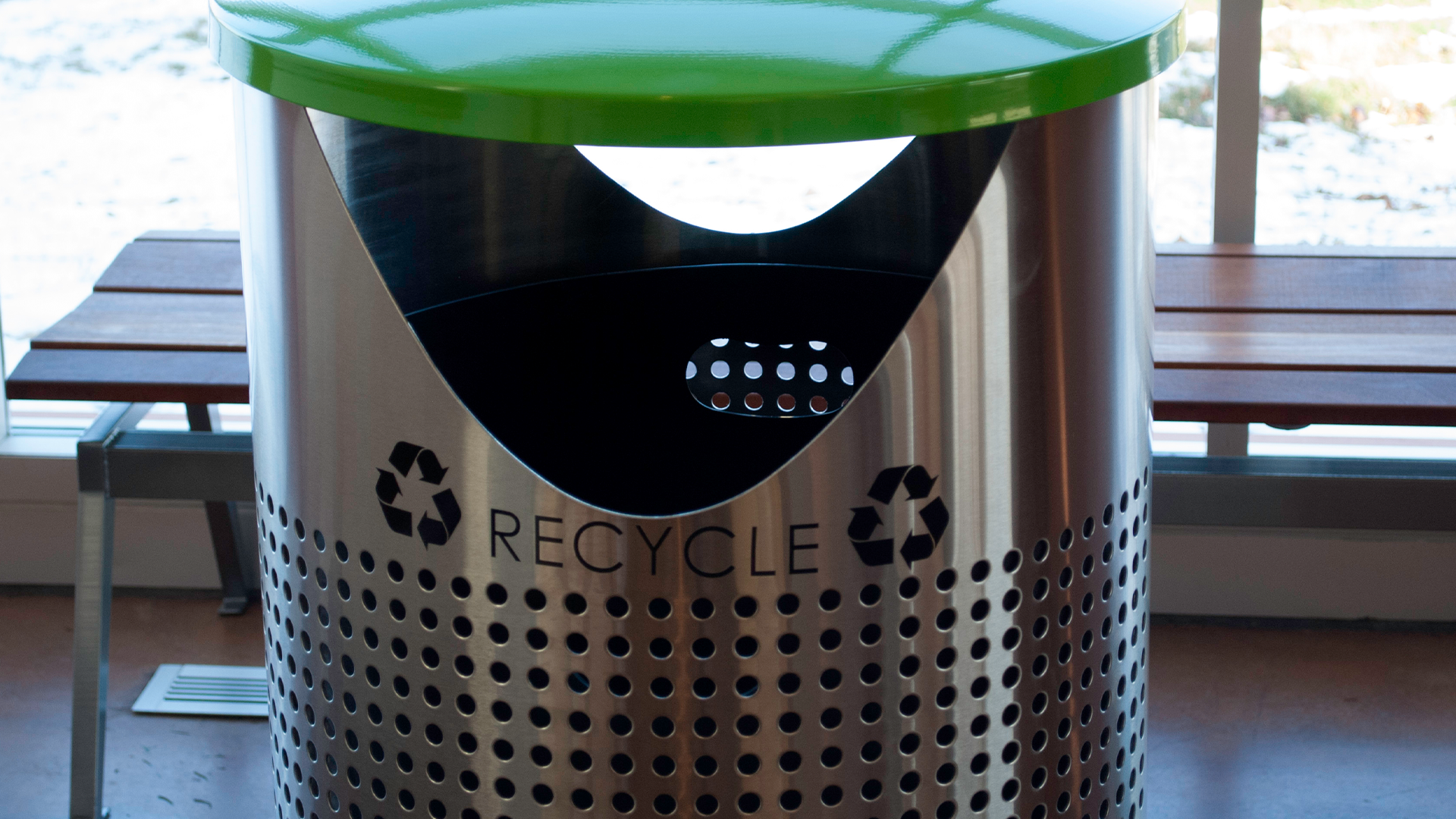
Stainless is an even more resilient steel that actually has two levels of durability, referred to in Grades or types. While there are many grades of stainless steel, the two we'll cover here are 304 and 316.
Grade 304 is the most common type of stainless steel and used in most applications.
Grade 316, nicknamed Marine Grade, contains higher levels of nickel, which makes it more resistant to corrosion in salty environments. This will be a key material for coastal applications that want to install the most durable product.
Then, there is Electropolished Stainless Steel. Electropolishing stainless steel is a "reverse plating" process that uses an electrochemical solution to remove the outer skin of a metal part that also removes impurities. Stripping away a uniform layer of the surface material and removing unwanted contaminants and other surface imperfections that can compromise the performance of that part improves its longevity.
Aesthetics
The finish you'll find when selecting a stainless-steel material from Thomas Steele, is a No. 4 Brushed finish. This finish is created by sanding the stainless steel in one direction with a 120-180 grit belt, followed by softening with a 80-120 grit, medium non-woven belt.
This brushing creates a distinctive look with a muted luster and a pattern of fine parallel lines. It's a decorative look without being too reflective.
The visible result of electropolished stainless steel is a more mirror-like appearance, giving it a unique aesthetic.
Performance & Durability
Comparing the two finishes, both are highly corrosion resistant. However, the electropolished stainless steel finish will be slightly more durable because of the impurities that have been removed and its uniform, smooth finish. Where the brush marks left on the No. 4 leave it just a fraction more vulnerable to corrosion.
Stainless steel should be considered for installations where the furnishing will be engulfed in the salty, ocean air, and other tough environmental applications.
It is also a good choice as a tabletop material because of its high resistance to scratches and the fact that scrapes won't corrode and rust. This is a common selection for furniture that will be used in dining applications as well, because of its antibacterial properties and how easy it is to clean.
The downside of stainless, as with most metals, is that it can become very hot in overly sunny environments.
One item of note when specifying stainless steel materials: We would recommend you also use stainless steel hardware. If it's not called out, standard steel hardware might be used. In addition to a visual difference between the two metals, if the hardware would become oxidized and rusts, it could bleed onto the stainless steel components. Which would not have corroded, but appear they have.
A Note on Tube vs. Pipe
No discussion about steel is complete without understanding Tube vs. Pipe, especially with bike racks. Like finishes, there are slight differences between the two.
Tubing is commonly used for structural purposes, making it the preferred material in manufacturing and for use in site furnishings. Tubing size is specified by the outside diameter (OD) and the wall thickness and is stated as a gauge. The lower the gauge, the thicker the tubing. The thicker the tube, the more strength it will have and durable it will be.
In contrast, pipe is a tubular vessel commonly used in pipeline and piping systems for transporting gases or fluids. Pipe is also used in outdoor furnishings and more commonly found with bike racks. Pipe is specified by the Nominal Pipe Size and Schedule (the wall thickness). The higher the number, the thicker the wall and the more durable the pipe will be.
Our preference for outdoor site furnishings is to use tubing, especially with bike racks, primarily because of its structural characteristics.
Ipe
Pronounced "ee-pay", Ipe is a wood from South America and a great material choice for outdoor site furnishings. It naturally resists harsh weather, heavy use, rot, abrasion, and insects. Site furnishings with Ipe are great compliments for installations in landscape designs because of the natural-looking material.
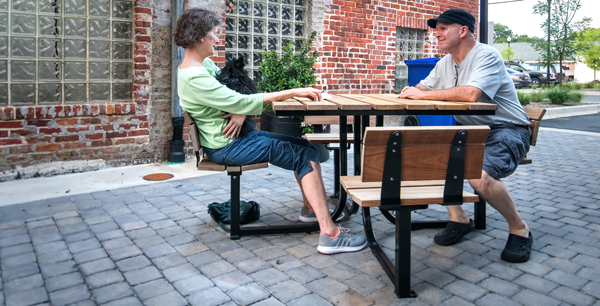
Aesthetics
Ipe material varies in color from reddish-brown to an olive-brown. Over time this weathered ipe will turn to a silver-grey.
The wood will display fine to medium grains and texture. The grains vary from straight to irregular, even interlocking. The Ipe wood used in Thomas Steele commercial site furnishings comes in a natural finish. A timber oil is applied to the wood before it leaves our facility.

The top board shows Ipe with oil. The board on the bottom is weathered Ipe.
Performance and Durability
Three times harder than oak, Ipe is incredibly dense and durable. This wood is rated as very resistant to rot and has excellent insect resistance. Like any wood, small surface cracks and some checking may result from exposure to temperatures and the elements.
The surface cracks have no effect on the structural integrity of the wood. Checking will be minimal. A primary reason this material is used for site furnishings.

Example of cracks and checking that may occur in Ipe boards.
Maintenance
If letting the wood fade to its natural silver, the wood will only need to be sealed upon installation. To keep the original color, sealer will need to be applied annually, at a minimum. For cleaning, use soapy water and a stiff brush to loosen impediments. Then rinse clean.
Heavily weathered Ipe can be restored through sanding and an application of oil.
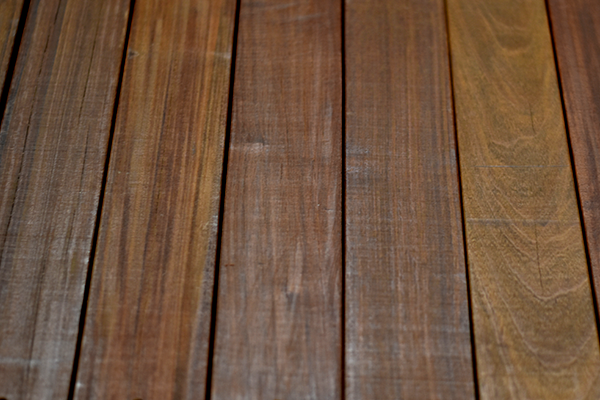
Download Ipe Information Document (.pdf)
Recycled Plastic
Recycled plastic is a high-density polyethylene material (HDPE) made from post-industrial and/or wide spec material. HDPE makes up, on average, 96% of this type of board. The other 4% is colorant with UV inhibitors and a blowing agent. No other products like pulp, wood fiber, or fiberglass are added to this lumber.
The material is manufactured to resemble the visual look of wood but also provides longer-lasting durability.
Aesthetics
There generally two styles of recycled plastic. The first is standard recycled plastic. This is recycled plastic that resembles solid lumber boards and is available in a handful of colors. Then you may see embossed recycled plastic. These boards have been crafted to resemble wood more visually in color and unique grain profiles, while also having a more natural texture.
Embossed Recycled Plastic Wood Types - Please contact our team to confirm availability of Embossed Recycled Plastic materials.
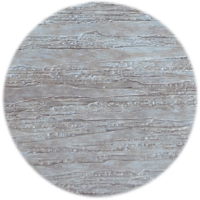 Birchwood (ERB) |
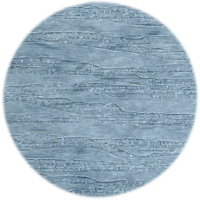 Driftwood Gray (ERD) |
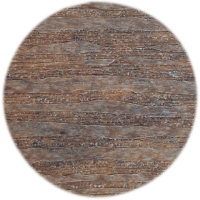 Mahogany (ERM) |
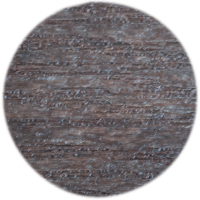 Walnut (RRW) |
Recycled Plastic Colors
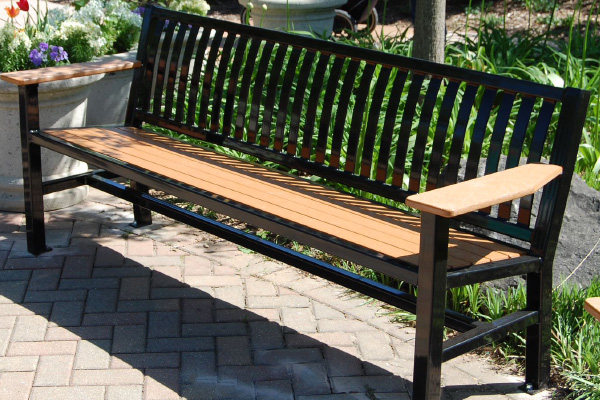
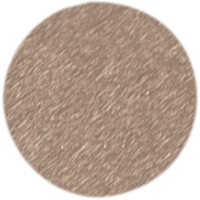 Weathered Redwood (RPW) |
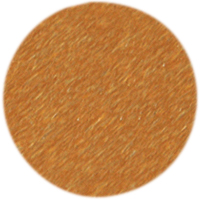
Cedar (RPC) |
Performance and Durability
This material is graffiti- and UV-resistant and ideal for outdoor use as the material will not crack, splinter or rust. Recycled plastic does not absorb moisture, so it is extremely resistant to mildew, rot, insects, salt, and acids.
It will not leech or bleed toxins or carcinogens that would possibly end up in the soil or marine ecology.
The structural strength of recycled plastic is less than wood. Boards can sag under their own weight. Because of this limitation, Thomas Steele only uses this material in products with adequate framing and support. Certain designs may not be available in recycled plastic.
Discover: Benches Made with Recycled Plastic
Maintenance
Because it is such a durable material it's a great option for any application, especially those that will be low- or no-maintenance. We would recommend an occasional washing with soapy water to keep the furnishing looking fresh, but it will not break down naturally if unattended.
Download Recycled Plastics Information Document (.pdf)
Deciding on Site Furnishing Materials
We're not here to tell you what design furnishing materials is more appealing. As they say, "beauty lies in the eye of the beholder". If wood grains look better than powder-coated steel for a bench in a park, that is entirely up to you.
However, since most site furnishings are destined to be installed outdoors, it’s critical they can stand up to environmental impacts. Such as rot, mold, insects, and corrosion in salty areas. Because of this, any material used in site furnishings must be durable and resistant to natural forces. It’s also worth considering the durability to regular usage, as well as vandalism.
Upkeep is another factor. The effort and frequency needed to maintain the materials of the site furniture should play a part in your decision. Design and style will guide your outdoor site furnishings selection. But make sure the materials will uphold the aesthetics for long-term enjoyment.



